Batik, Textile Craft That Has High Artistic Value
Batik is hand crafted textile fields that have a high art value comes from Southeast Asia. Batik Indonesia has been designated as a Masterpiece of Oral and Intangible Heritage of Humanity by UNESCO on October 2009
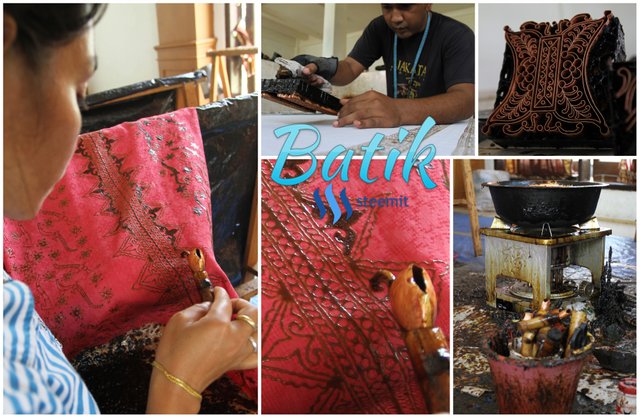
Batik is a technique of wax-resist dyeing applied to whole cloth, or cloth made using this technique. Batik is made either by drawing dots and lines of the resist with a spouted tool called a canting (IPA: [ʈ͡ʂantiŋ], also spelled tjanting), or by printing the resist with a copper stamp called a cap (IPA: [ʈ͡ʂap], also spelled tjap). The applied wax resists dyes and therefore allows the artisan to colour selectively by soaking the cloth in one colour, removing the wax with boiling water, and repeating if multiple colours are desired. [https://en.wikipedia.org/wiki/Batik]
There are two working techniques of batik, namely:
- Batik is a fabric decorated by hand.
- Batik cap is decorated with a cap (usually made of copper).
The following tools, materials and stages of batik making me translate from [https://rennytha.wordpress.com/cara-membuat-batik/]
Tools and materials batik,
- Cloth (can be made of silk or cotton)
- Canting as a motif forming tool,
- Gawangan (place for draped fabrics)
- Candles (night) was disbursed
- Pots and a small stove to heat
- dye solution
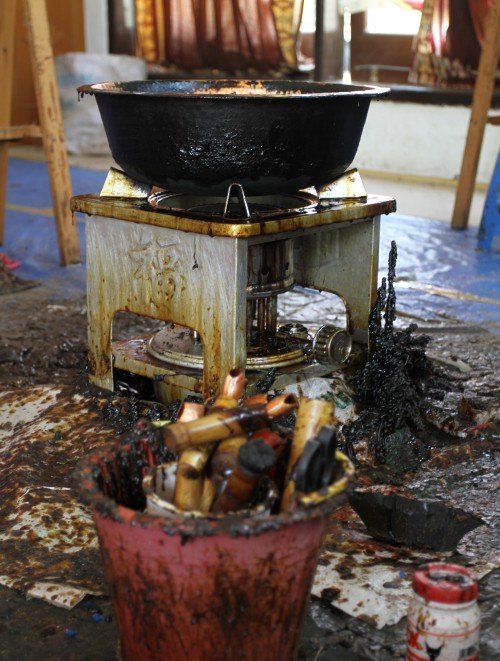
The stages of the process of making batik:
- The first step is to make batik designs commonly called molani. In determining the motive, usually each person has different tastes. Some prefer to make their own motives, but others prefer to follow the common motifs that have been there. Motif that is often used in Indonesian batik itself is divided into two: the classic batik, which is a lot to play with symbols and coastal batik with natural characteristic such as pictures of flowers and butterflies. Make a design or motif is able to use pencils.
- After completing the molani, the second step is to paint the (wax) night using a canting (caged / dicantangi) by following the pattern.
- The next stage, covered with wax parts will remain white (colorless). Canting for smooth passage, or a brush for large-sized parts. The goal is that when dipping the material into the dye solution, part of which was given a wax layer is not exposed.
- The next phase, the coloring process first on the parts that are not covered by wax by dipping the cloth in a certain color.
- Once dipped, the cloth in the sun and dried.
- Once dry, re-do the batik process is painting with wax using canting to cover parts that will be retained in the first coloring.
- Then, proceed with a second color dyeing process.
- The next process, removing wax from the fabric by putting the cloth with hot water on the stove.
- After a clean cloth of candles and dried, can be carried back to the closing of wax batik process (using canting) to hold the first and second color.
- The process of opening and closing the wax can be repeated according to the number of colors and the complexity of the desired motif.
- The next process is a fabric that has changed the color of boiled hot water. The aim is to remove the layer of wax, so the motif that has been previously drawn clearly visible. You do not need to worry, this immersion will not make you an image motif that has been exposed to a color, because the top of the cloth is still shrouded in a thin layer (wax is not completely washed out). After completion, the batik is ready for use.
- The final process is to wash the batik cloth and then dry with a dry them before it can be used and worn.
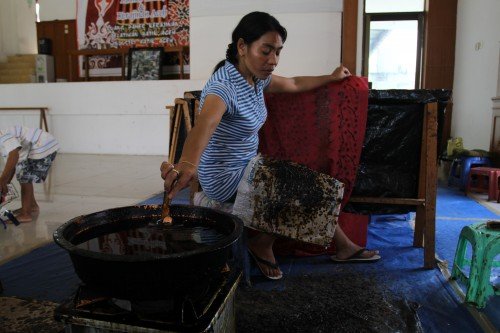
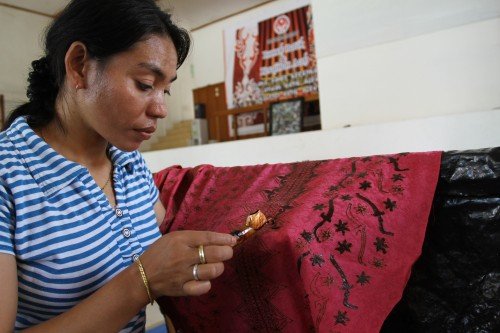
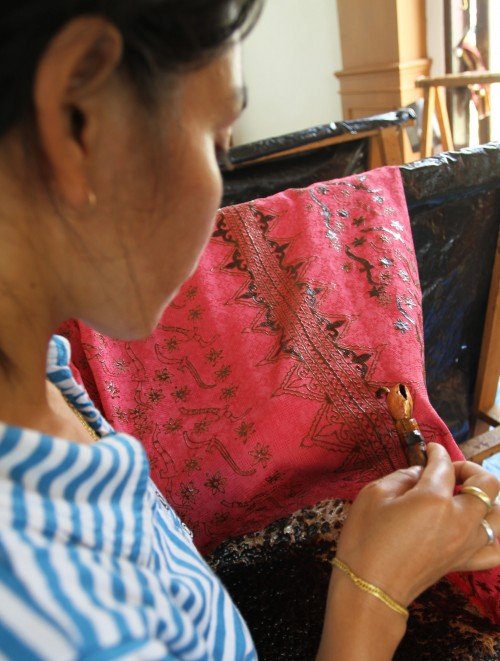
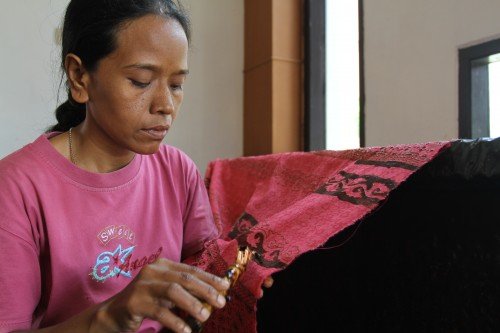
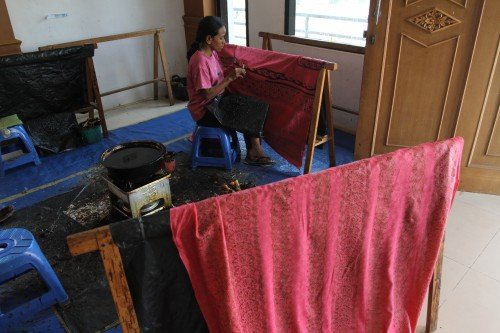
Here I attach the photos stamp used for making batik
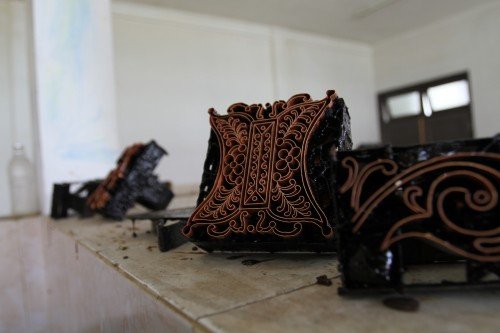
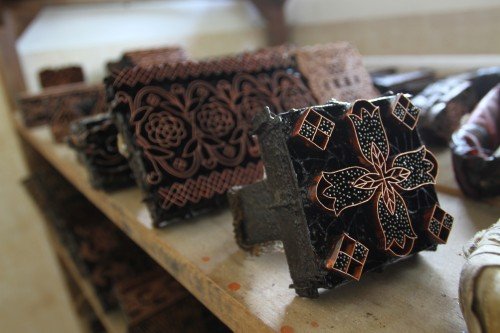
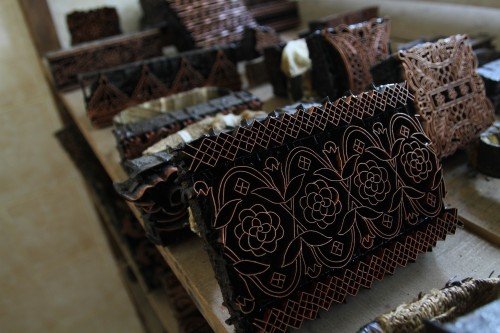
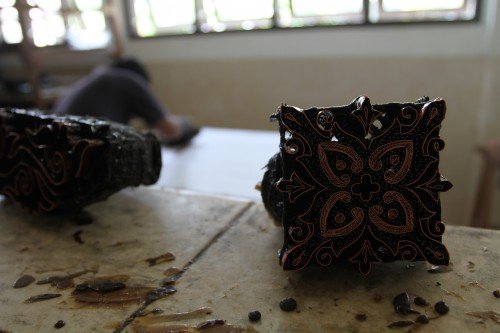
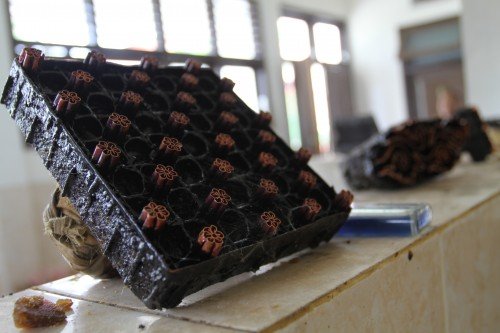
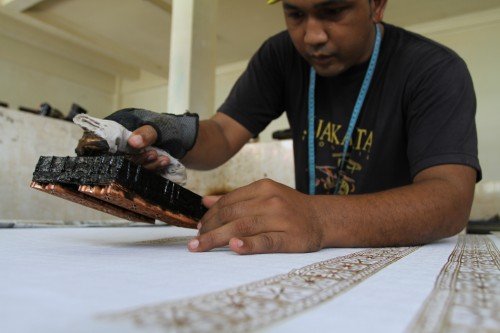
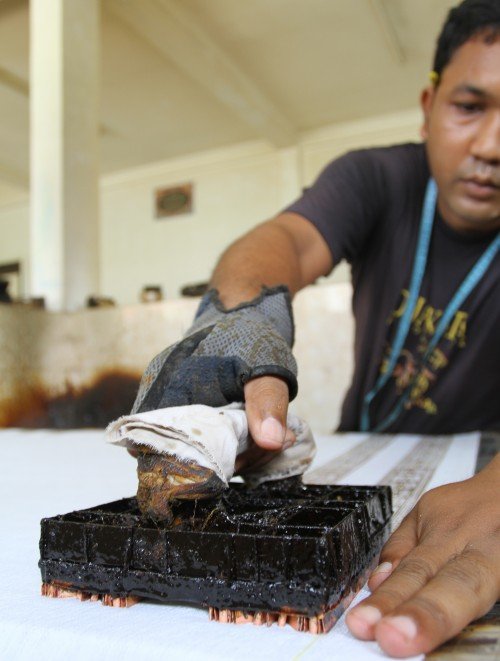
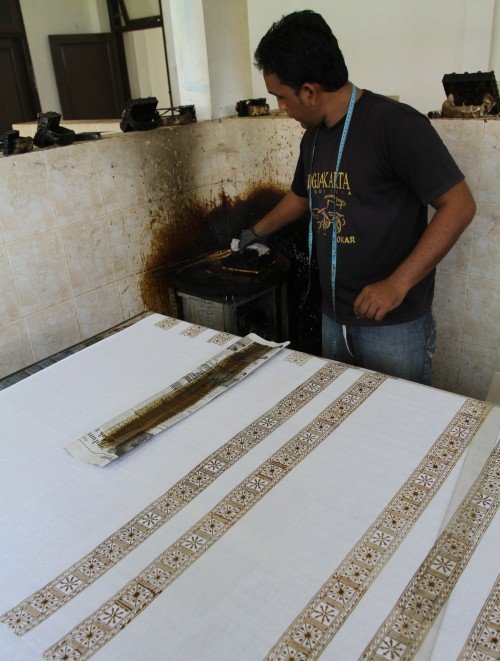
Copyright photograph held by @steemcultures, may be used as long as it is not for commercial. The original file can be downloaded at https://www.steemimg.com/album/pUzw
Look beauty... love it!